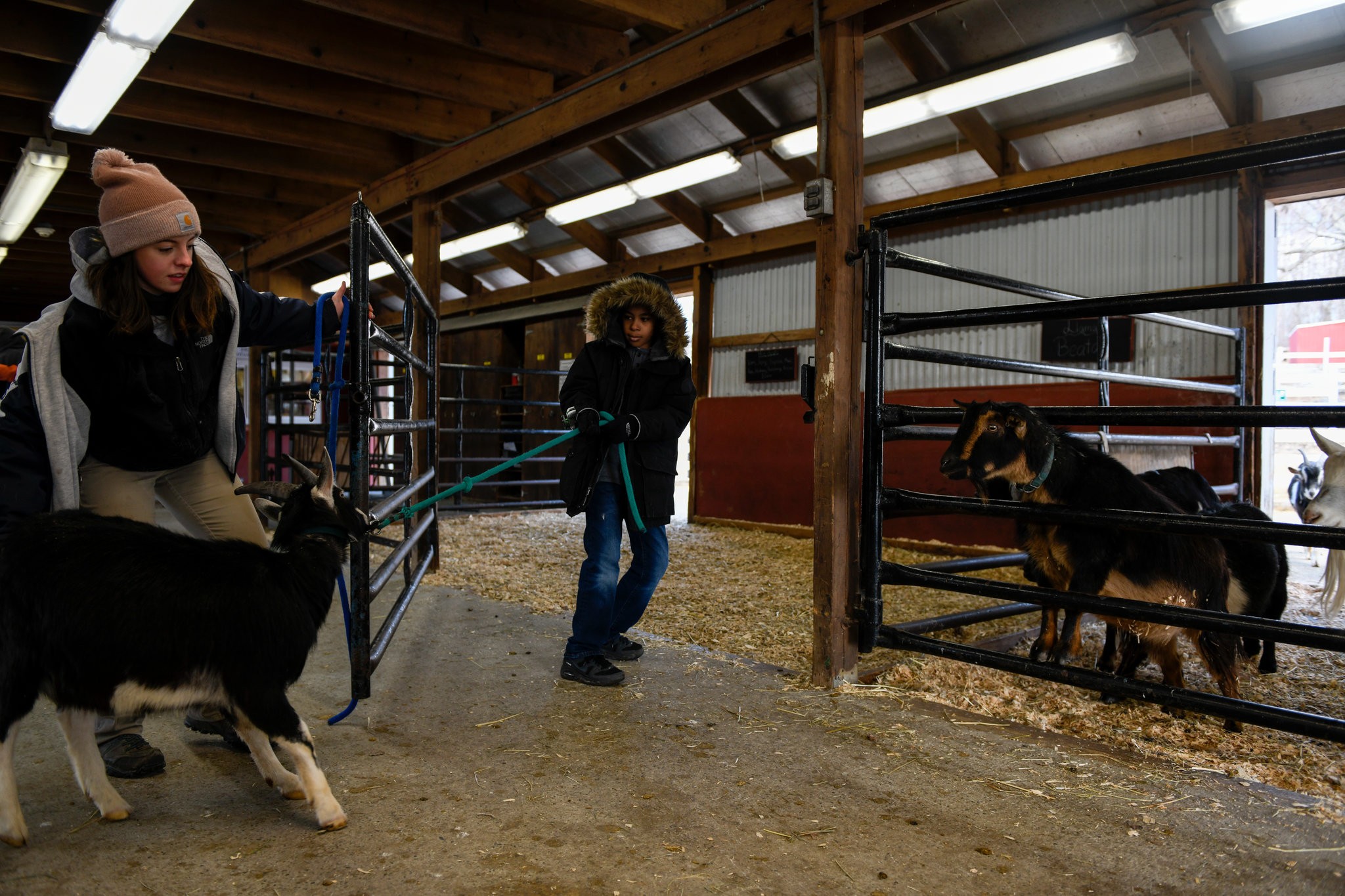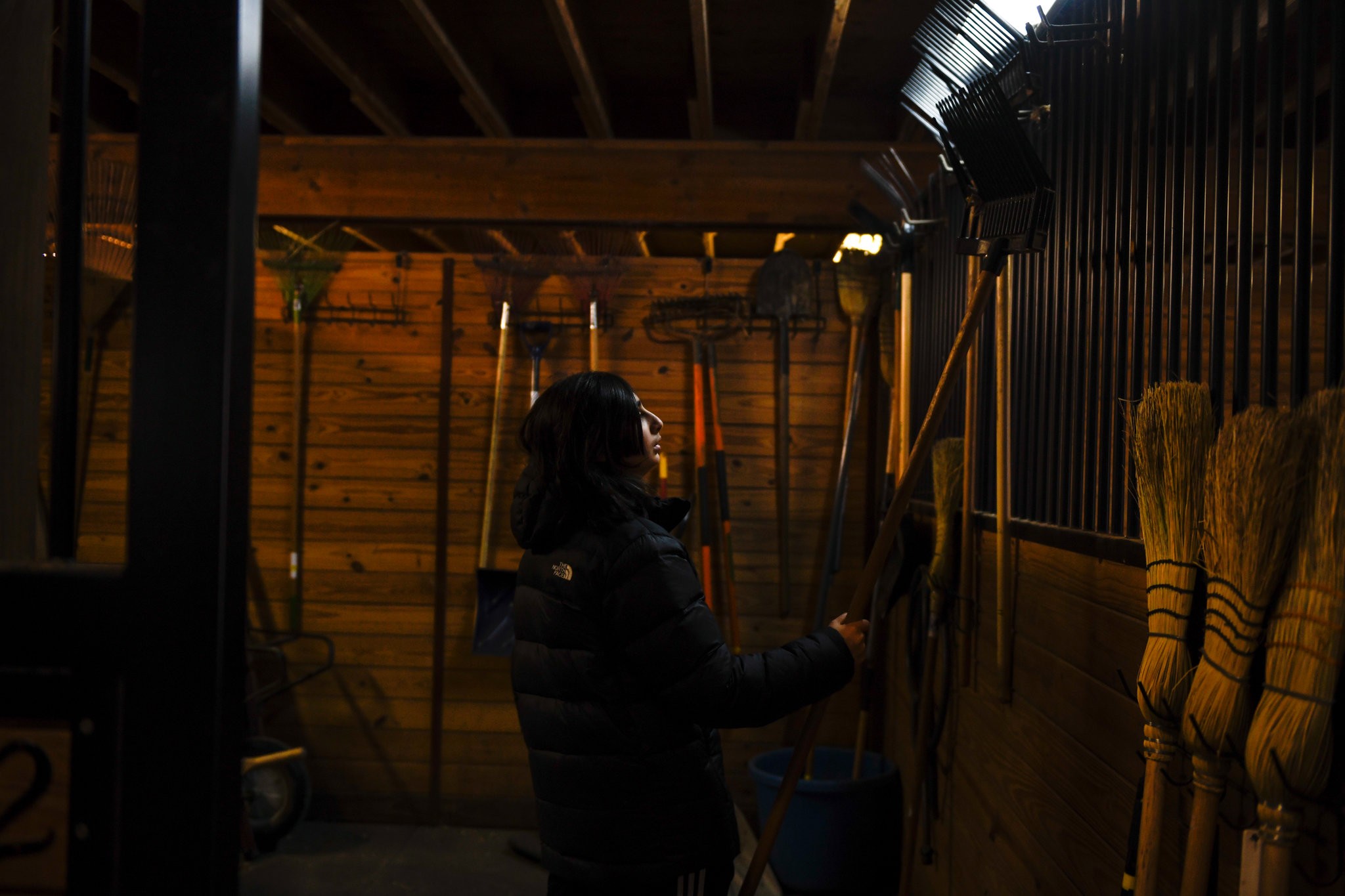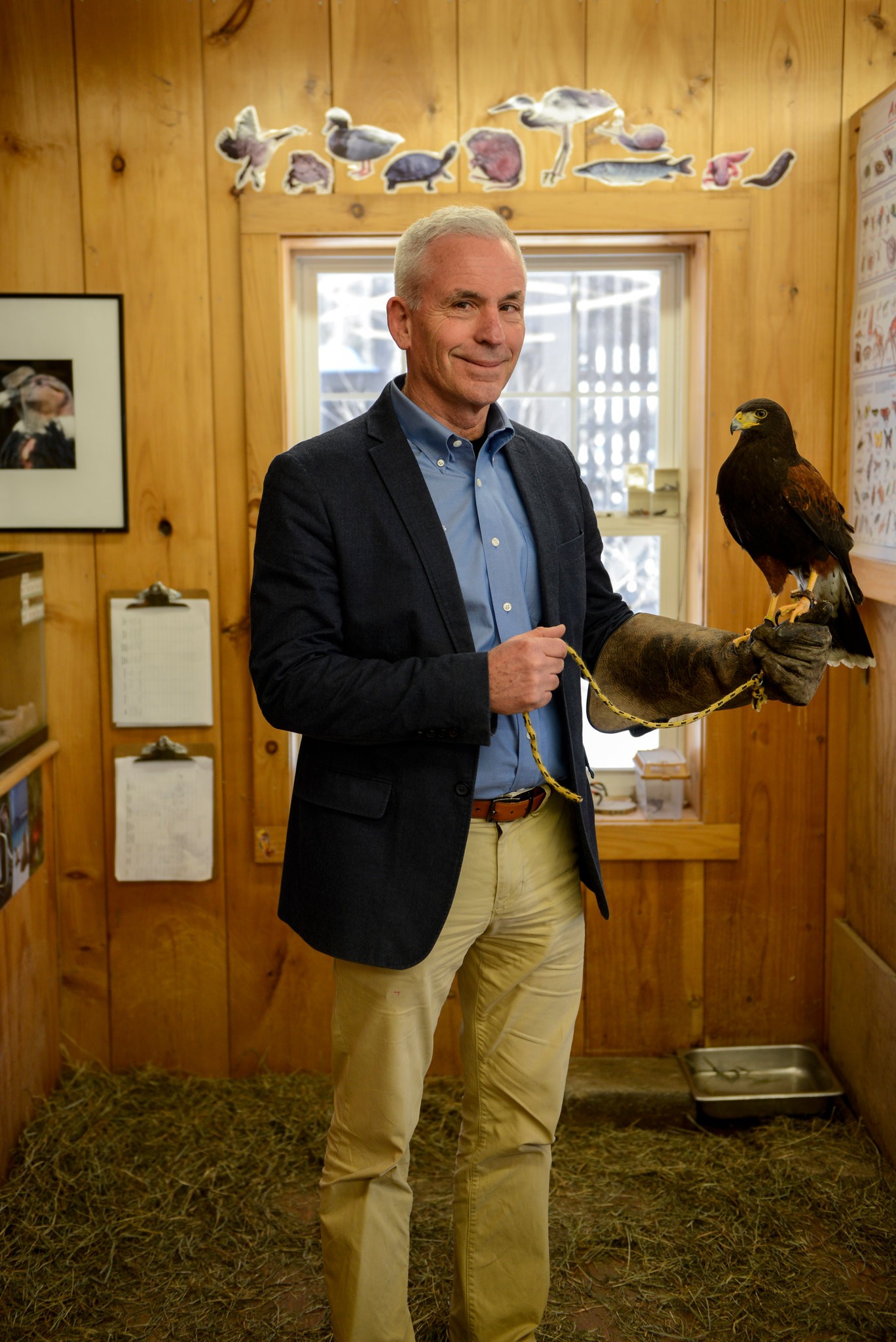What started as a boarding school with 11 students is now a fully accredited day and residential facility with two campuses (the larger in Brewster, N.Y., and the smaller in Carmel, N.Y.), with 243 students, and at least as many animals.
Editors’ Picks
People Don’t Bribe College Officials to Help Their Kids. They Do It to Help Themselves.
The Gurus of Tidiness: If You Like Marie Kondo …
Bret Easton Ellis Has Calmed Down. He Thinks You Should, Too.
While the idea that animals could help kids learn and heal emotionally was revolutionary in Dr. Ross’s day, the benefits today are practically common knowledge. “There has been a lot of research on pets at home and how healthy it is in the past 10 years,” said Steven Klee, director of clinical and medical services at Green Chimneys.
Yet psychologists have been slow to translate these insights into effective strategies for helping people in a therapeutic setting. At first, Dr. Klee himself was skeptical that animals could be a part of therapy.
“When you have traditional training as a psychologist, you never think about doing anything outside of the office,” Dr. Klee said. “Therapy means talking — you wouldn’t even consider using an animal.”
At Green Chimneys, however, he learned that sometimes it’s easier for kids with behavioral issues to develop relationships with animals than with people.
“Humans are much harder to understand,” Dr. Klee said. “Animals in a sense are purer, more consistent, more accepting. You are kind to the animals, they show their appreciation.”
For a fearful child, Dr. Klee has found that interacting with an animal can be a first step to relating successfully with others.
Perhaps surprisingly, this kind of interaction works even with the least outdoorsy city kids. Most come from New York suburbs, and around 10 percent are from the city itself.
“I used to stay in my room not doing anything — I’d miss school and stuff,” said Austin Stark, a Green Chimneys senior from Midtown Manhattan. “I wasn’t exactly a nature fan in the beginning.” He initially resisted the school, and was able to fall asleep only with music blaring in his headphones.
Dr. Morris and his team have been conducting research at Green Chimneys as part of an ongoing study into animal therapy. The researchers have installed cameras in the classrooms that record classes on a daily basis. They analyze the children’s behavior before and after they have been on the farm.
While the results of their study won’t be published until their research is completed, it is already clear, Dr. Morris said, “that there is a calming and focusing effect inherent in these farm programs.”
It remains to be seen, however, whether the changes that they are observing are temporary, he said, or if they can lead to a permanent shift in a child’s well-being.



